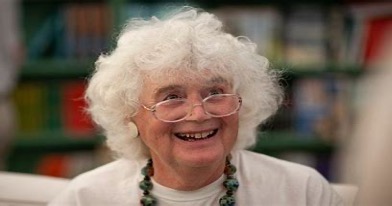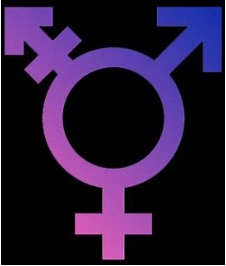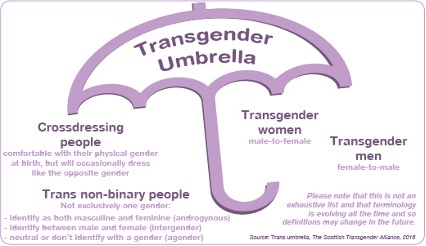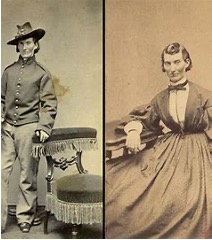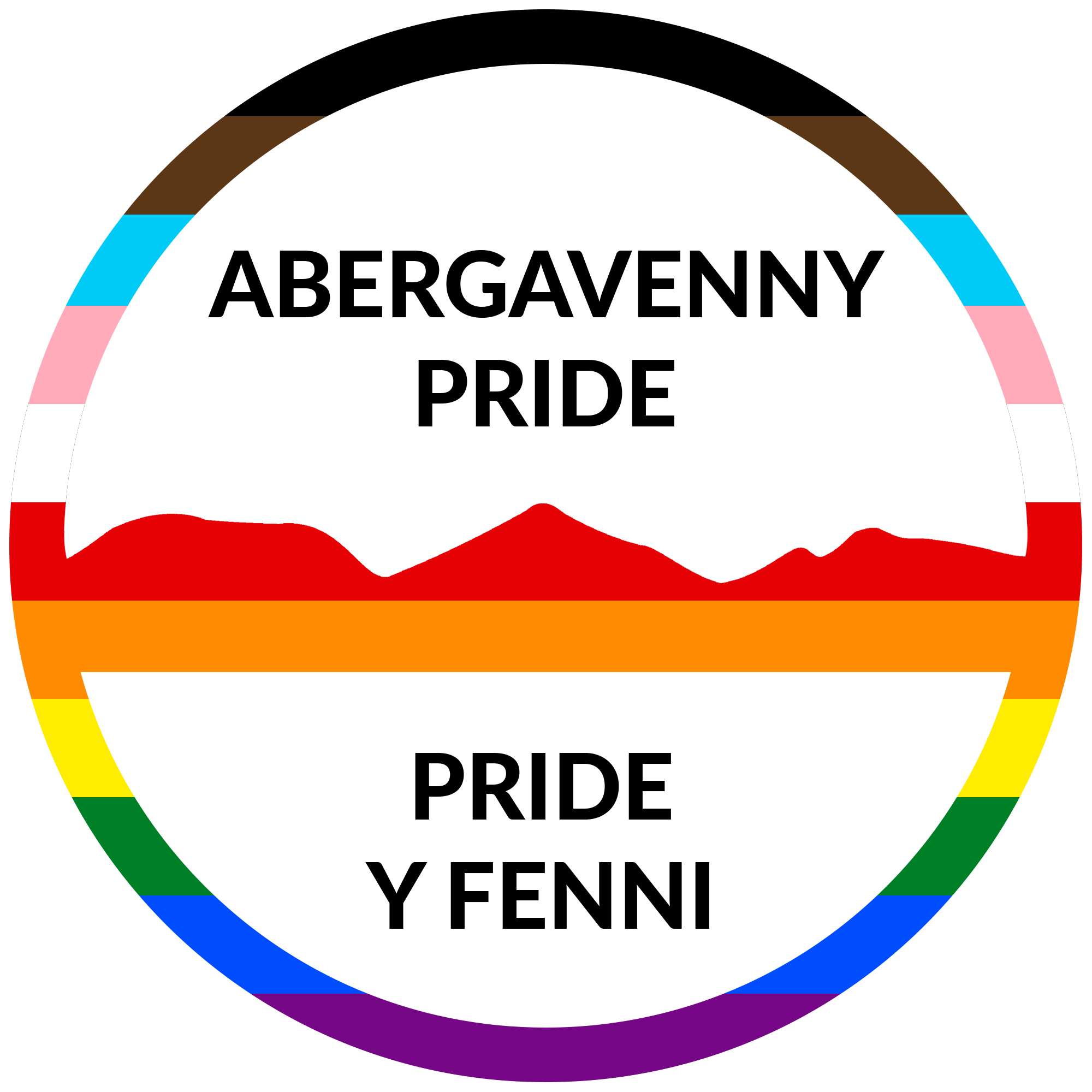Gender & Spirit: a Mystical Perception of Gender by Ruby Ravelle
Gender & Spirit: a Mystical Perception of Gender
Written by Guest Editor – Ruby Ravelle
I was recently reading Jan Morris’s seminal biography ‘Conundrum’ and was very struck by some of her comments on the mystical nature of gender. As a transgender woman and mystic, myself, I found her insights incredibly relatable. I want to share some of them with you and explain how a mystical perception of gender can perhaps offer us a greater sense of self-understanding than more rigidly biological models.
As one of the first high profile Welsh people to document what was then referred to as a ‘sex change’ in biographical format, Jan Morris’s ‘Conundrum’ was a landmark book in LGBTQIA+ history, broadcasting an awareness of the fluidity and complexity of gender to the wider world.
In the opening chapter, she explains how her earliest memory, whilst being bathed in the reverberations of the music of Sibelius beneath her mother’s piano, was a recognition of her transgender nature. She could sense that the male body she was born into, and the feminine spirit she felt within herself, were not in alignment. It was a precious secret she was to keep entirely to herself for the first period of her life.
Today, we would clinically label this experience as ‘gender dysphoria.’ Yet, this dry, diagnostic terminology often fails to capture just how extremely pervasive, yet subtle, the actual experience of this discord between mind and spirit can be. There is this nagging sense that, at the very core of one’s reality, something has gone horribly wrong.
It is as though, arriving at a stage play in which you have an important role, you are whisked away by the director and the backstage hands, and hurried into costume of completely the wrong character. No matter how you protest, and tell everybody there must be some dreadful mix-up, everybody is so insistent that you are the role you are not, that you feel compelled to go along with it.
You don’t understand the script. None of the motivations of the character make sense to you. And no matter how much of the play you spend admiring roles you wished you’d been cast as instead, you feel stuck in the ongoing humiliation of attempting to blunder your way through a performance that feels excruciating and nonsensical, down to the smallest mote of your being.
When someone decides to publicly transition – whether through a declaration of their true gender identity, of the pursuit of gender-affirming care – they have made the decision to refuse to continue performing a role that does not match their interior perception of themselves. It is as though, mid-scene, they have torn off their costume and cried “Sod this! I’m sick of strutting about like Romeo. I’d make a much better Juliet!”. Naturally, if you disrupt a play, and refuse to go along with the social script that has been foisted upon you, there is going to be some initial chaos. It can be a disquieting and uncomfortable moment for many, because it sends a crucial message to the collective that a lot of people find alarming:
“You do not have to be what you have been told to be – You can choose to be what you are instead.”
Jan Morris puts it this way:
“To me gender is not physical at all but is altogether insubstantial. It is soul, perhaps it is talent, it is taste, it is environment, it is how one feels, it is light and shade, it is inner music, it is a spring in one’s step or exchange of glances, it is more truly life and love than any combination of genitals, ovaries, and hormones. It is the essentialness of oneself, the psyche, the fragment of unity.”
What the wonderful interweaving of subtle and profound nuances in this paragraph ultimately boils down to is this: gender is one’s personally sensed experience of reality. It is the lens, the stained glass, the musical genre that defines the tone, coloration, quality and essence of one’s lived experience. It is something woven into one’s intimate relationship with life itself. Something so inherent, so close, so personal, is often hard to see, because it so perfectly matches the shape into which we have been cut, just as the glass that has been dyed blue can only make sense of the world through the medium of its ineradicable experience.
On some of the spiritual nature of gender ambiguity, Jan also observed:
“Investigators into trans-sexuality often commented upon the mystical trappings in which it is likely to be clothed. The ancients frequently saw something holy in a being that transcended the sexes, and sympathetic friends have detected, in the heart of my own quandary, some sort of inspiration.”
This is true. In a number of shamanic and animist societies, shamans would often clothe themselves in the apparel of both sexes, to signify their transcendence of opposing dualities. This symbolic defiance of rigid sexual morphism was a way of rising above mortal limitations and accessing magical abilities inaccessible via other means.
In Plato’s ‘Symposium’, it is imagined that the original race of human beings were hermaphroditic and self-sufficient in nature. It was only later on that they split into male and female. In the spiritual alchemy of the medieval mystery schools, it was believed that one of the pathways to enlightenment and spiritual immortality, was through the inner marriage of the male and female within one’s self, to attain wholeness. The pioneering psychologist, Carl Jung, was later to run with this idea, and to declare that every man has a female soul within him (the anima), and every woman has a masculine soul (the animus).
What these different traditions have to teach us is that gender has very little to do with the genitals we’ve been randomly assigned, and more to do with the personal energy we feel and inhabit within us, and how we express that in the world. Some people might feel unnerved by the inherent and subjective ambiguity of such words as ‘energy’, ‘soul’, and ‘mysticism’. And yet, within that ambiguity is tremendous freedom. The soul has no shape. Nor does the mind, which is invisible and androgynous by nature. The fact that neither the mind nor the soul has any definite form or shape, gives us freedom to shape ourselves according to personal image we perceive within – to make of ourselves a blank canvas on which we can paint the masterpiece of the character we want to be in this world.
Biological determinism – the belief that one is inescapably one’s body, and that that body is in some way the only true reality one will ever know – is a prison in which we are enslaved to our physical forms, and the dogma society projects onto us. A more mystical approach to gender liberates us to become what we are, regardless of whether it fits into any pre-existing models or not. The basic colourlessness of the spirit means we have the energy to discover our own colours, to find our own music, to become the hero we actually want to be in the world.
Jan Morris was kind enough to share her own heroic journey with us, in the hopes that each of us could discover our own.
